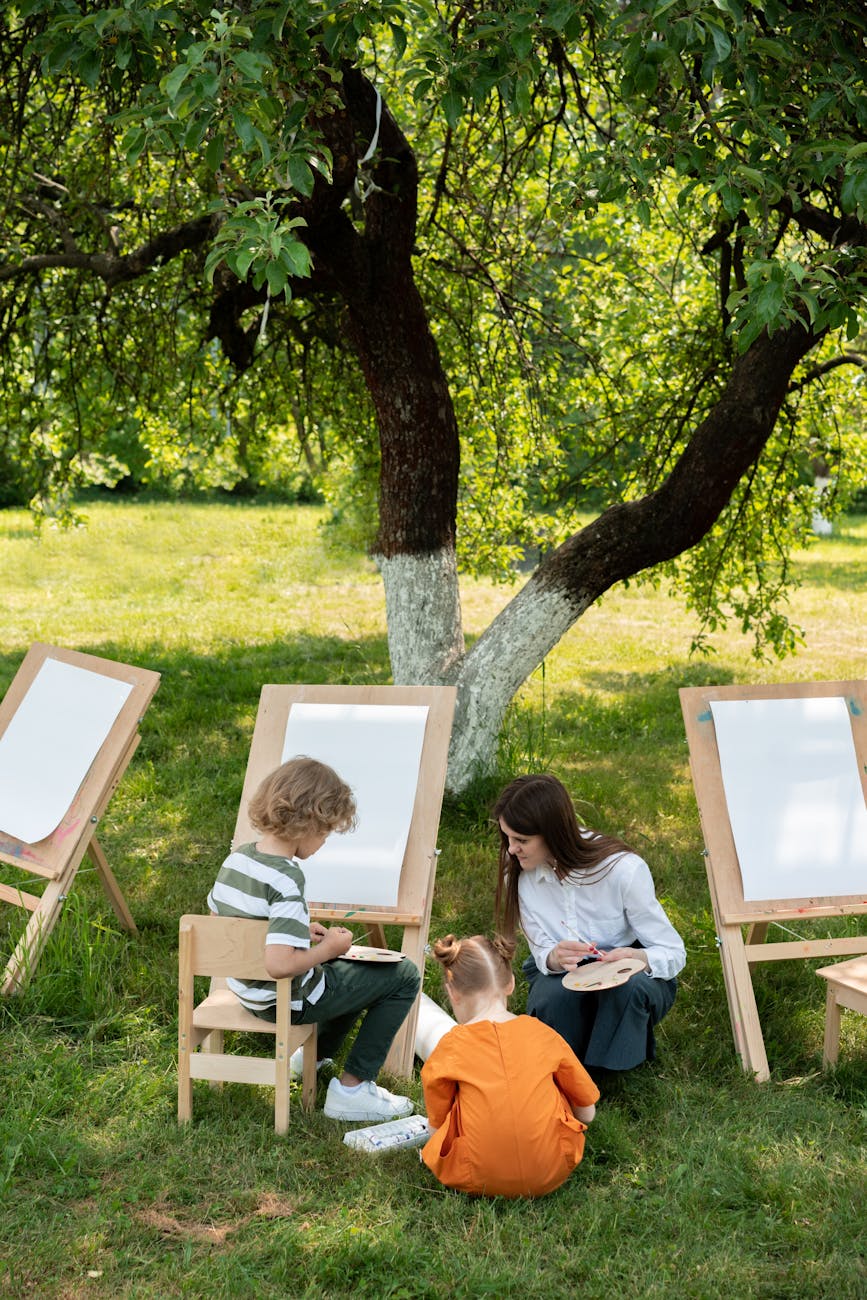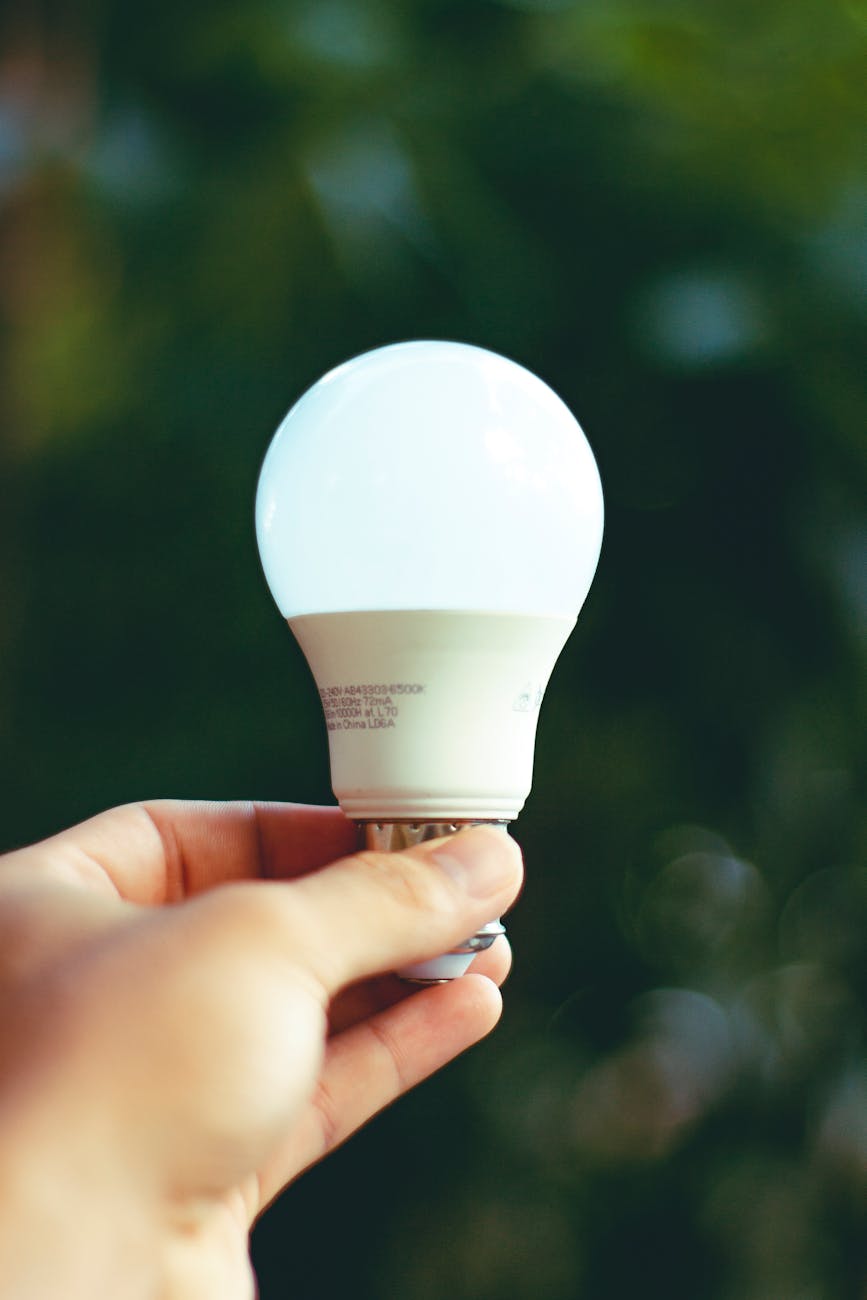The Complete Guide to Weatherproofing Your Outdoor Lights
Outdoor lighting can dramatically enhance the appearance and functionality of your garden or patio. However, exposure to the elements can take a toll on these lights, diminishing their lifespan and performance. This comprehensive guide will show you how to weatherproof your outdoor lights effectively, ensuring they remain safe and operational throughout the year.
Why Weatherproof Outdoor Lights?
Outdoor lights are continuously exposed to harsh weather conditions, including rain, snow, wind, and sunlight. Without proper protection, these environmental factors can lead to corrosion, electrical failures, and even safety hazards. Weatherproofing your outdoor lights ensures they remain in good working order, providing both aesthetic appeal and safety for your home.
Essential Tools and Materials
Before diving into the weatherproofing process, gather the following tools and materials:
- Screwdrivers
- Weatherproof silicone sealant
- Liquid electrical tape
- Electrical tape
- Weatherproof light fixtures (optional)
- Soft cloth
- Gloves
- Cable ties
Steps to Weatherproof Your Outdoor Lights
1. Choose Weather-Resistant Fixtures
Begin by selecting light fixtures specifically designed for outdoor use. These fixtures are made with weather-resistant materials, such as corrosion-resistant metals or durable plastics, and are usually sealed to keep moisture out. When shopping, look for lights labeled as “IP-rated,” indicating suitable protection against water ingress.
2. Install Weatherproof Boxes
To protect your outdoor lights’ electrical connections, encase them in weatherproof junction boxes. These boxes are designed to keep moisture and debris away from the wires and help prevent short circuits. Ensure the box is closed securely and sealed at the corners with silicone sealant for an added layer of protection.
3. Seal Connections with Silicone or Tape
Once you have installed the lighting and junction boxes, focus on sealing all connections. Use a weatherproof silicone sealant around the edges of installed lights to prevent any water penetration. For extra protection, apply liquid electrical tape or standard electrical tape over any wire nuts or terminal connections.
4. Position Lights Strategically
Proper positioning can significantly reduce exposure to the elements, prolonging the lights’ lifespan. Whenever possible, install lights under eaves or awnings for natural protection against rain and snow. Positioning alone won’t fully weatherproof your lights but can significantly decrease water exposure.
5. Secure Cables
Prevent lights from being damaged by wind or pests by securing all cables with cable ties. Fasten cables to fixed structures and keep them off the ground to avoid water pooling and to deter any animals that may chew through the wires.
6. Perform Regular Maintenance
Finally, routine maintenance is crucial to ensuring your weatherproofing efforts remain effective. Inspect the lights regularly for any signs of wear or damage and replace or seal any compromised components promptly. Regular cleaning of the lens and fixture with a soft cloth will also help maintain lumen output and appearance.
Conclusion
By taking the time to weatherproof your outdoor lights, you’ll ensure they remain both functional and aesthetically pleasing throughout the seasons. Carefully select weather-resistant fixtures, utilize junction boxes, and apply sealants where needed. Combined with proper positioning and regular maintenance, these steps will keep your outdoor lighting glowing brightly year-round.





